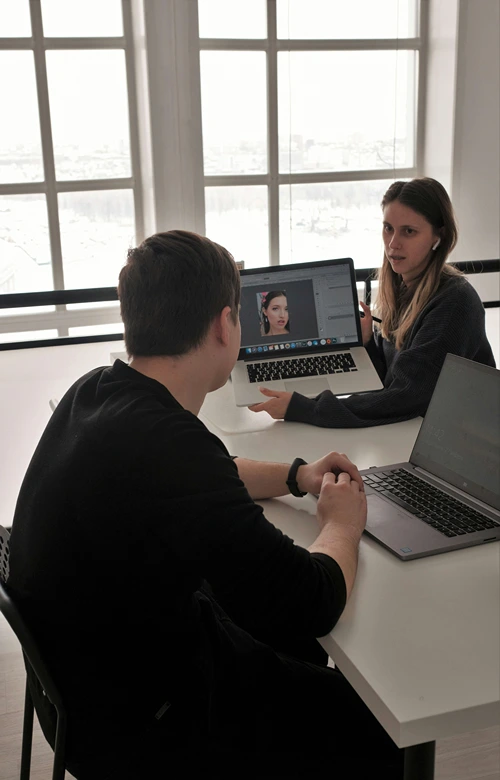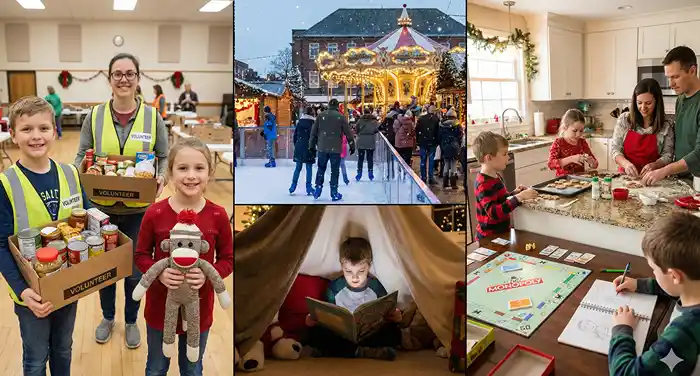The Business Side of Health: What Keeps Hospitals Running Smoothly
When people think of hospitals, they often picture doctors, nurses, and patients. But behind the care and compassion is an entire system that keeps everything running day and night. Hospitals are large organizations that depend on planning, coordination, and strong leadership.
From scheduling and budgets to technology and teamwork, every part of a hospital relies on good management. Without it, even the most skilled medical teams can struggle to provide care effectively. The truth is, the business side of healthcare matters just as much as what happens inside the exam rooms.
Understanding how hospitals operate helps us see that healthcare isn’t only about medicine. It’s also about systems, people, and decisions that keep those doors open and the lights on—so patients can get the care they need when it matters most.
1. Behind the Scenes: How Hospitals Stay Organized
Hospitals may seem like single, united places, but they’re actually made up of many moving parts. Each department—emergency, surgery, radiology, billing, and more—has its own staff, equipment, and schedules. For everything to work smoothly, someone has to coordinate it all.
That’s where hospital administrators and managers come in. They make sure that teams have what they need, shifts are covered, and patients move through the system efficiently. This level of organization doesn’t happen by accident—it’s built on planning, data, and leadership.
Many professionals strengthen these skills through online masters in healthcare administration programs. These programs teach how to make data-based decisions, manage operations, and lead teams effectively. For people already working in healthcare, there’s a chance to learn the business side without stepping away from their careers.
When administrators understand both patient needs and organizational goals, they can bridge the gap between care and operations. That’s what keeps hospitals running efficiently while maintaining high-quality service for everyone.
2. Managing Money Without Losing Focus on Care
Running a hospital is expensive. From paying staff to maintaining equipment, the costs add up fast. Hospitals also need to handle patient billing, insurance claims, and funding from various sources. Managing all that while still focusing on care requires careful balance.
Budgets in healthcare are more than just numbers—they reflect priorities. Good financial management means making sure money goes where it helps most. It could be upgrading a lab, hiring more nurses, or investing in better patient tracking systems. These choices shape the quality of care every day.
Administrators also need to think long-term. They analyze trends in patient admissions, supply costs, and insurance reimbursements to predict what resources the hospital will need. A smart budget keeps operations stable and prevents future financial problems.

3. The Role of Data and Technology in Hospital Management
Today’s hospitals depend heavily on data and technology to run smoothly. Every patient record, medication order, and test result is stored digitally. This allows medical and administrative staff to access information quickly and make informed decisions.
Data helps hospital leaders spot problems early. For example, they can track how long patients wait in the emergency room, how many staff members are on duty, or how often equipment needs maintenance. These insights help improve efficiency and reduce mistakes.
Technology also supports better communication. When departments share real-time updates, patients get faster and more coordinated care. For administrators, digital tools make it easier to manage schedules, monitor supply levels, and analyze financial performance.
Hospitals that invest in reliable systems see smoother workflows and fewer delays. When technology works well, staff can focus more on patient care and less on paperwork. In the end, strong data and technology management are what keep modern healthcare systems stable and effective.
4. Building Effective Teams and Communication
Hospitals are full of different professionals—doctors, nurses, technicians, and administrators—all working toward the same goal. But for that to happen, communication must be clear and consistent.
Good communication prevents confusion and builds trust. When departments share information correctly, patients get the right treatment at the right time. A single missed message can cause delays, so leaders emphasize teamwork and communication training at every level.
Hospital managers play a big role in this. They help set expectations, resolve conflicts, and make sure everyone understands how their work fits into the bigger picture. When people feel heard and supported, they perform better and stay motivated.
Effective teams also depend on strong leadership. A good leader knows how to listen, guide, and make decisions quickly when things get busy. In fast-paced environments like hospitals, those skills keep everything running smoothly.
By promoting teamwork and open communication, hospitals create safer, more positive spaces for both staff and patients. It’s one of the most powerful ways to keep operations steady and morale high.
5. Adapting to Challenges in Modern Healthcare
Healthcare is always changing, and hospitals have to adapt quickly. New technology, government policies, and staffing needs can shift overnight. Managing these challenges takes flexibility and strong decision-making.
Staff shortages, for example, are a growing concern across the country. Hospitals need to find ways to maintain quality care even when they’re short on workers. That might mean cross-training staff or using new scheduling systems to prevent burnout.
Costs are another major challenge. Prices for supplies, medications, and insurance keep rising. Administrators must find creative ways to stay within budget while still meeting patient needs.
There are also constant updates to laws and regulations. Hospitals must stay compliant to protect both patients and the organization. That’s why administrative roles are so essential—they keep the system stable when things around it are changing fast.
Hospitals are more than just places for treatment. They’re complex organizations that depend on leadership, strategy, and teamwork to serve their communities. Behind every successful hospital are professionals who handle the details—schedules, budgets, systems, and communication—that make great care possible.
The business side of health isn’t separate from patient care; it supports it. When hospitals run efficiently, staff can focus on what matters most—helping people get better.
Understanding this side of healthcare gives a deeper appreciation for the work happening beyond the exam rooms. It reminds us that keeping hospitals running smoothly takes more than skillful medicine—it takes organized, thoughtful management that keeps everything connected and moving forward.










